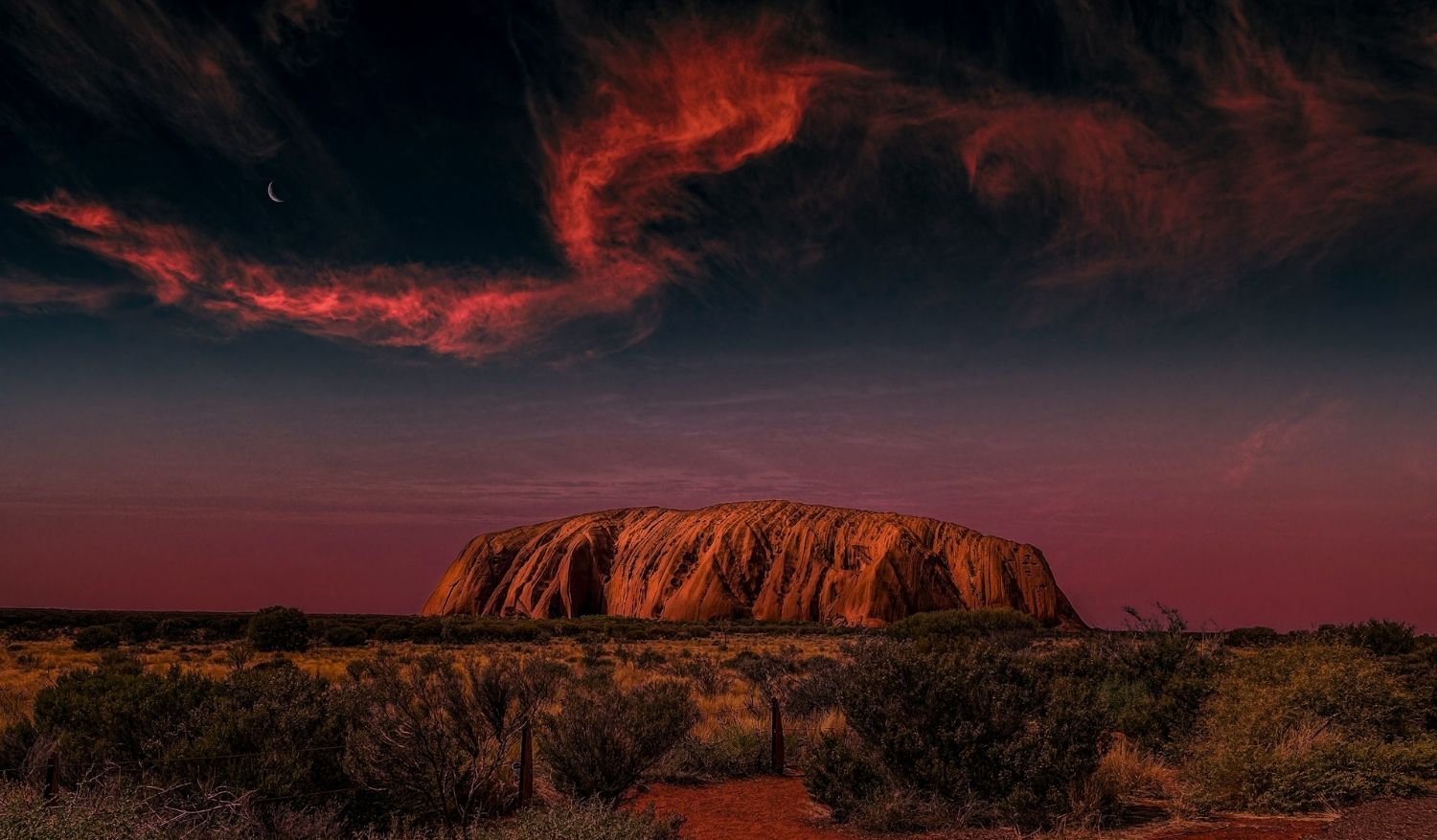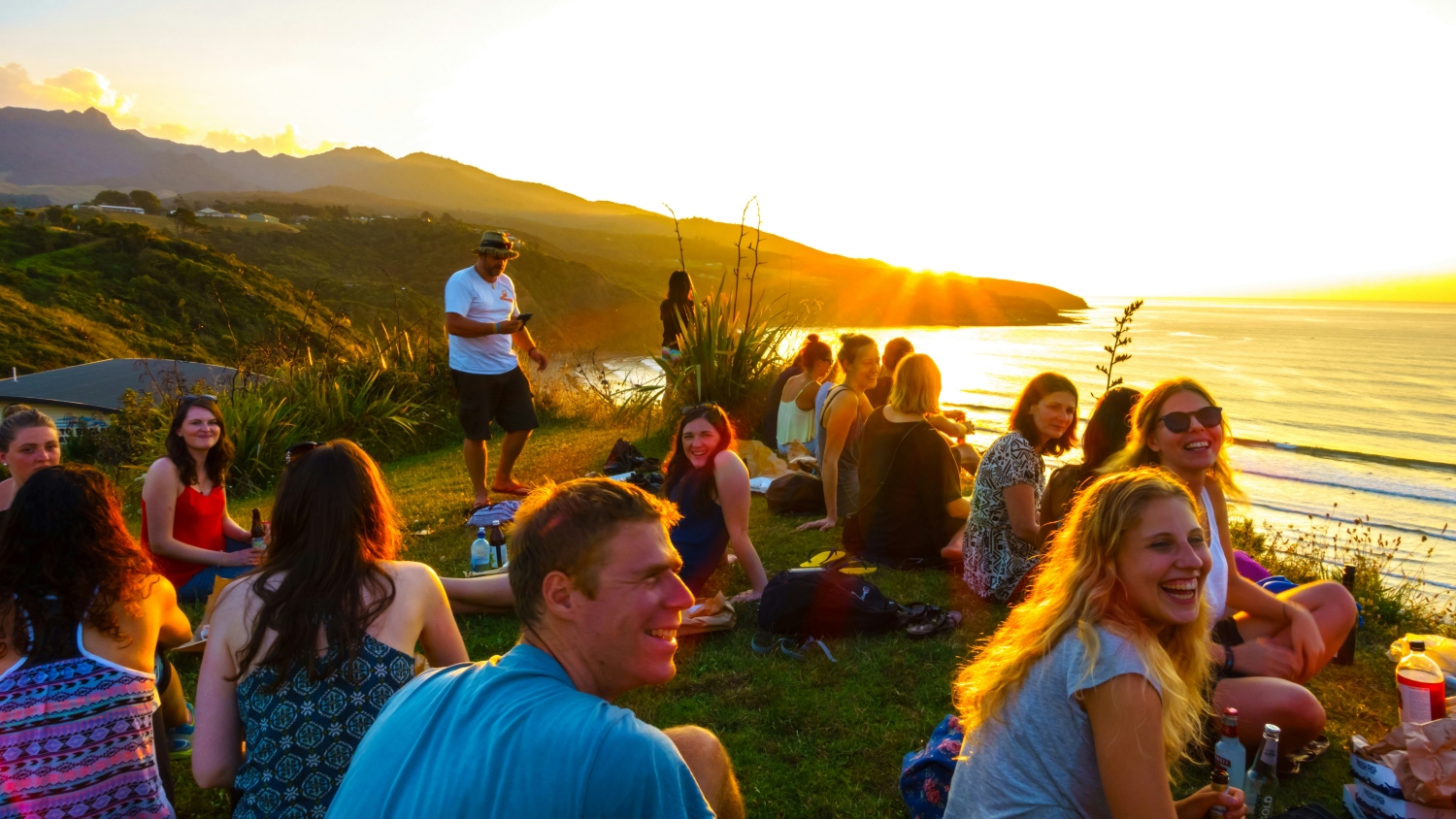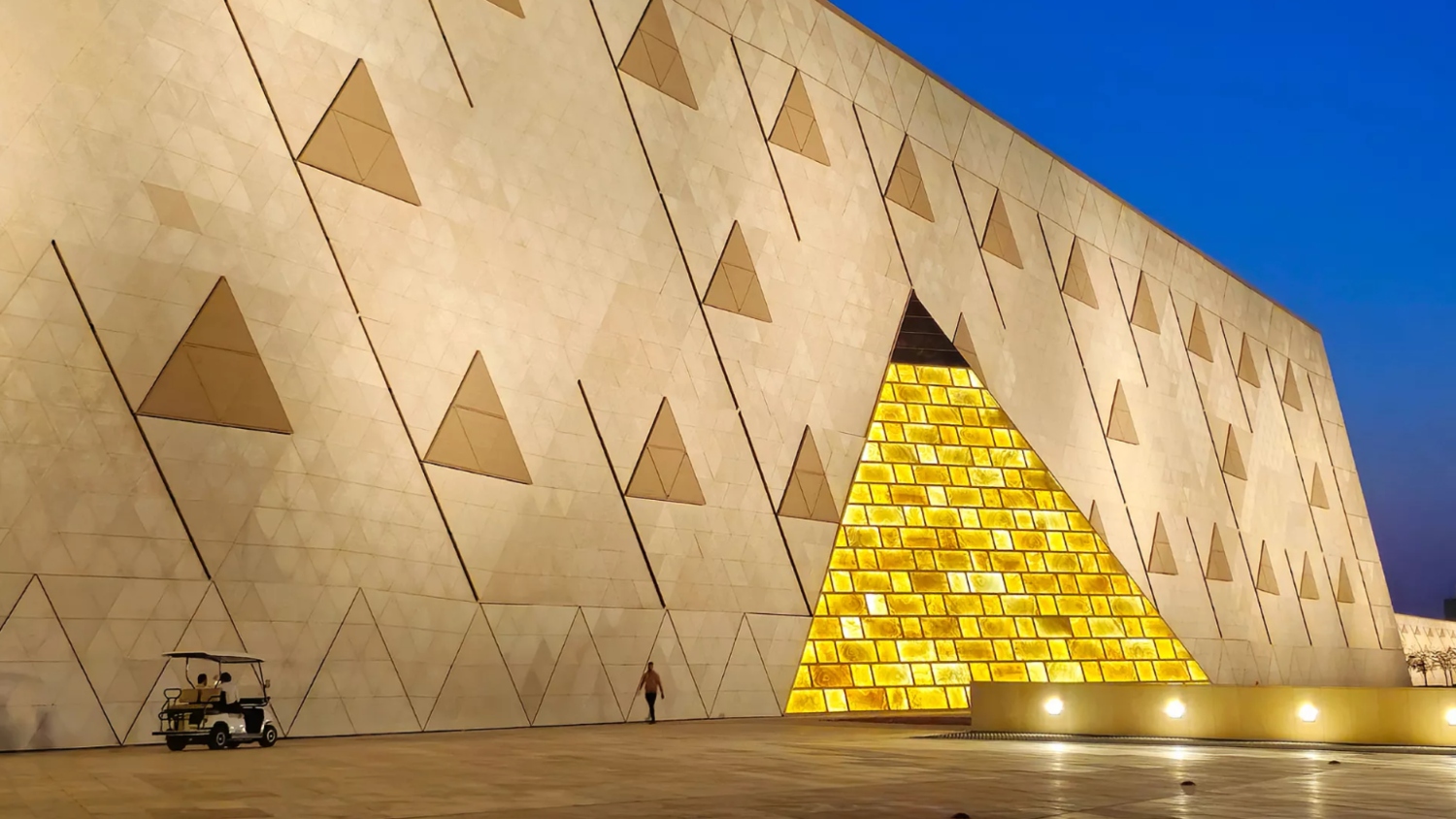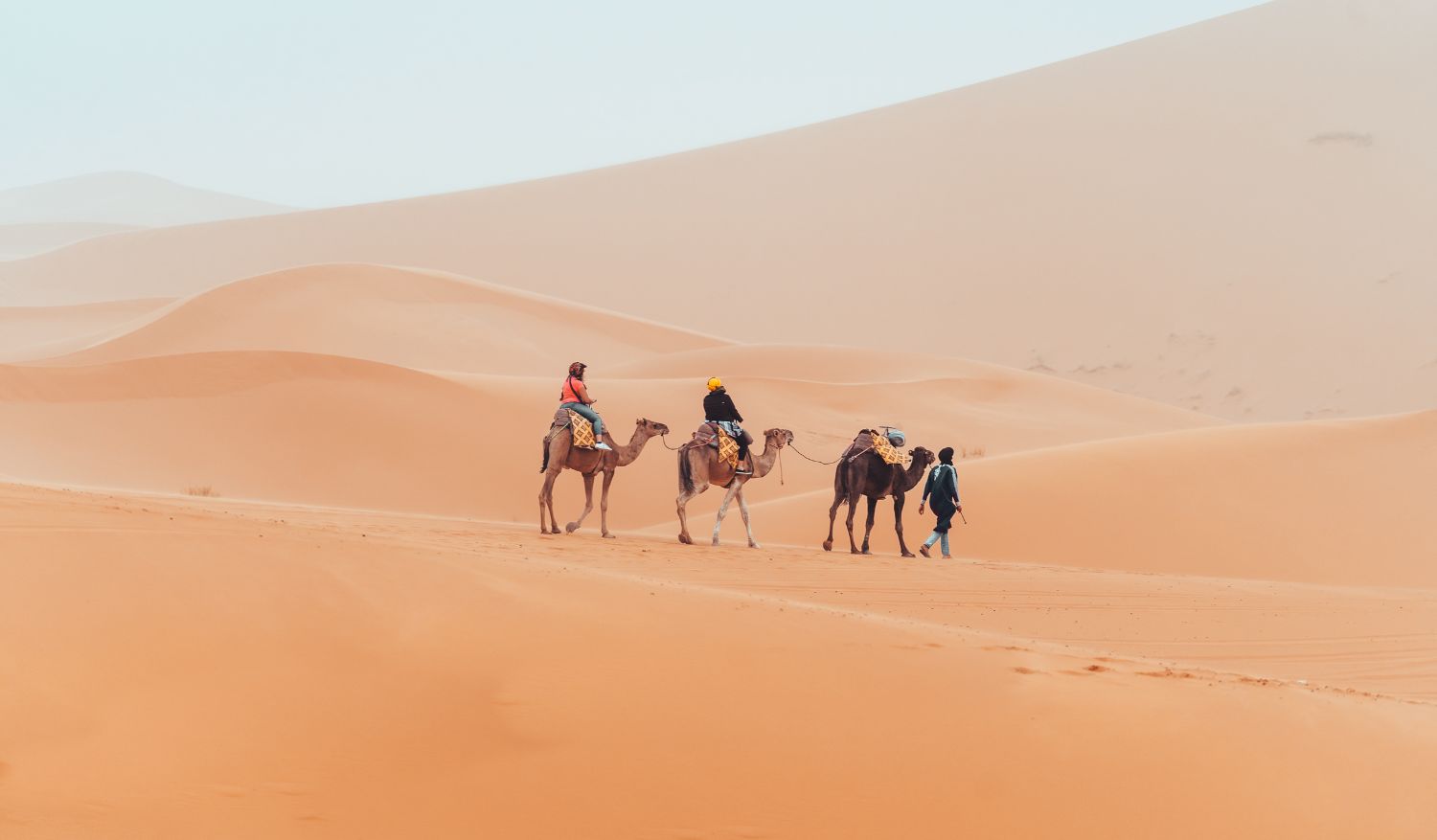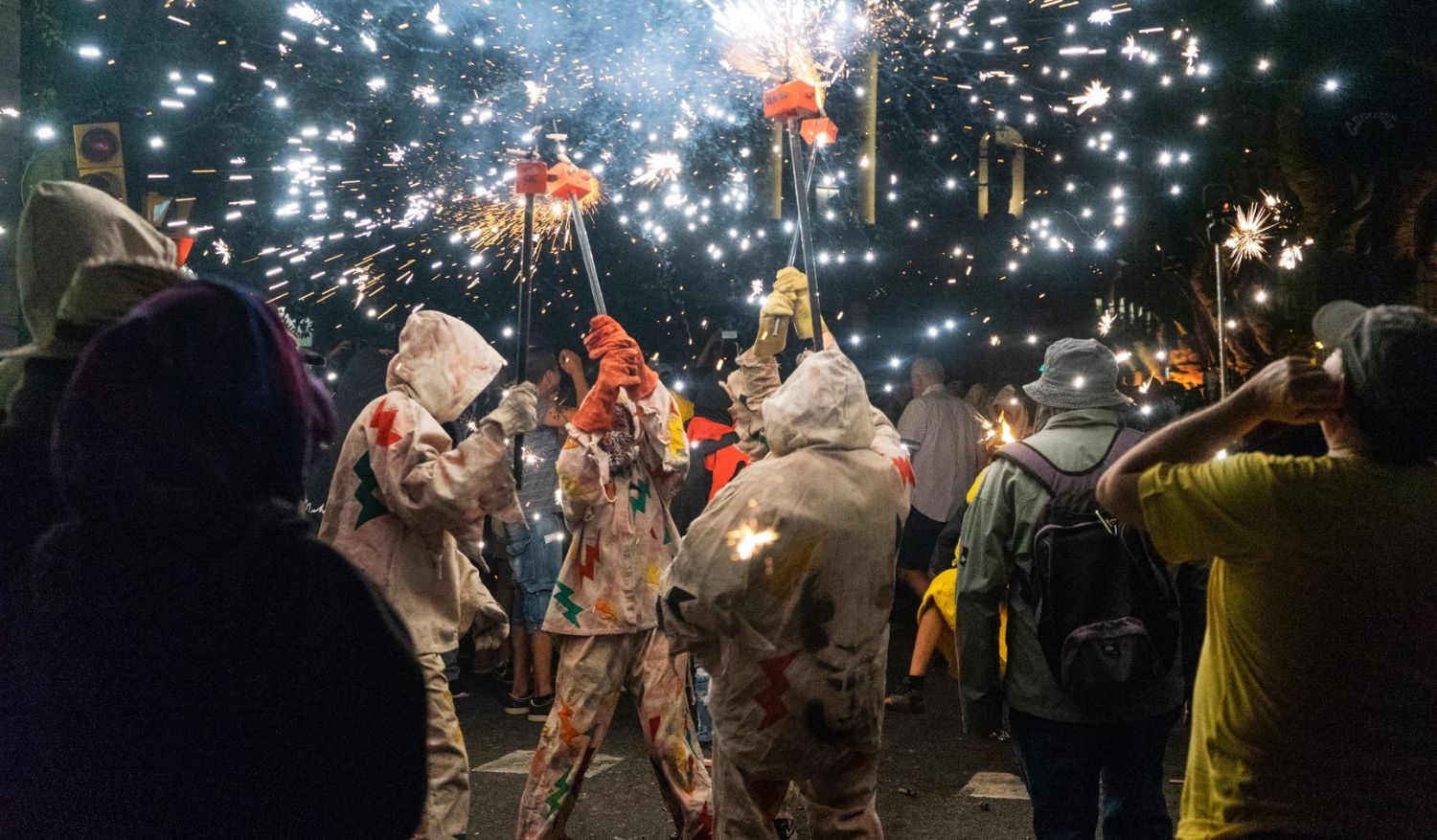Also called the Dreaming, the Dreamtime refers to the Aboriginal Australian understanding of creation, spirituality, and the moral laws that govern life. It describes the time when ancestral beings shaped the land, created life, and laid down the blueprint for how people should live in harmony with nature and one another. Far from being a myth or legend in the Western sense, the Dreamtime is a complex and sacred worldview that continues to guide Aboriginal communities today.
From the ochre-hued ridges of the Kimberley to the endless silence of the Red Centre, Dreamtime stories are written not in books, but in the rocks, rivers, and skies of Country. Long before the arrival of explorers and colonisers, Aboriginal Australians had already mapped every hill, stream, and star with stories that span tens of thousands of years.
These Dreamtime narratives – or Tjukurpa, as they are known in the Pitjantjatjara language – are not relics of the past. They are living truths, embedded in the landscape and still shaping everything from seasonal movement to moral law. Travelling through Australia’s wild frontiers is not simply a lesson in geography. It’s a step into the spiritual heart of the continent – and an invitation to see the world differently: not as something to conquer, but as something to care for.
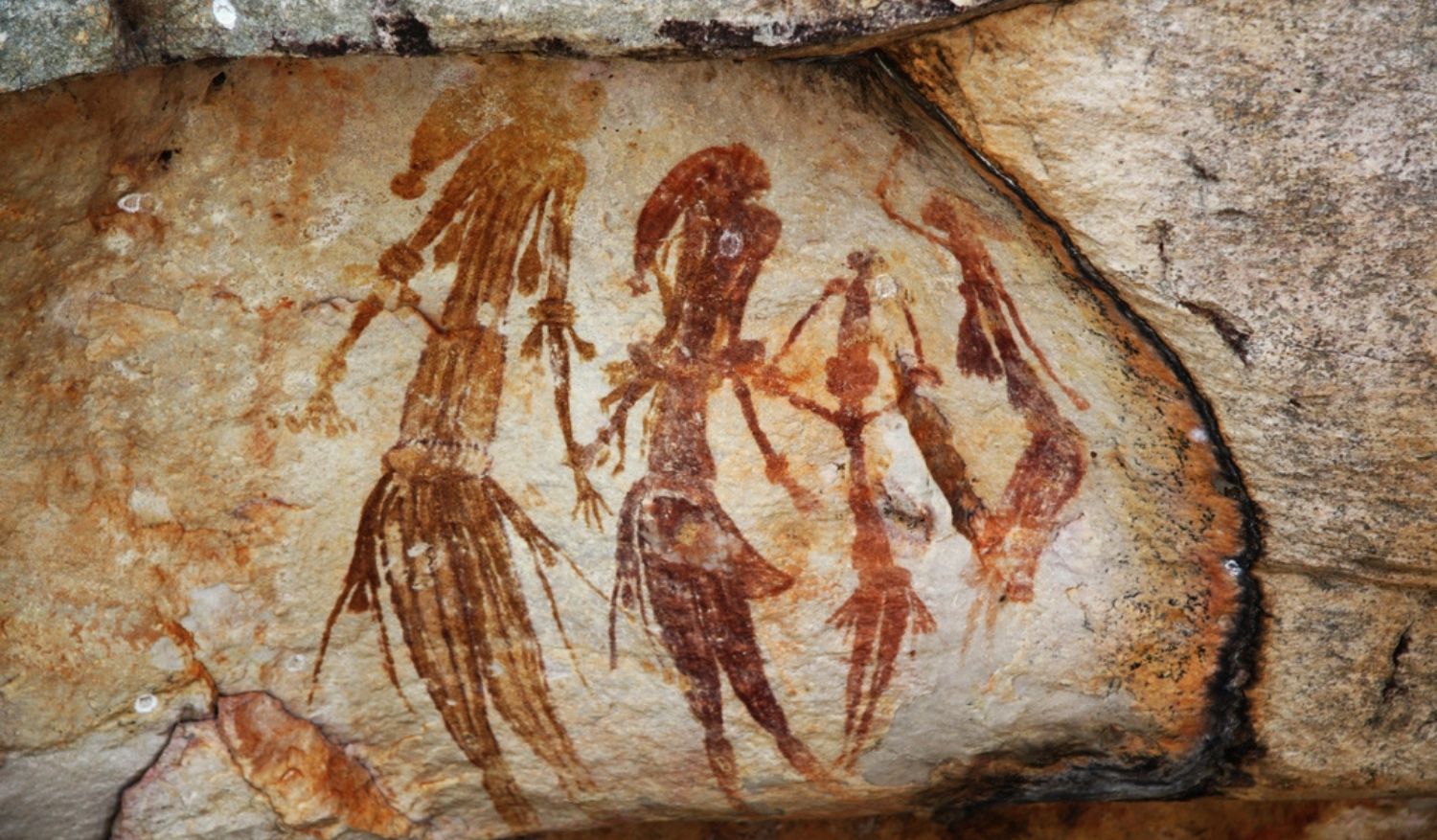
The Kimberley: Rock Art and Songlines
The Kimberley region in Western Australia holds some of the most significant Aboriginal rock art sites in the world. The Gwion Gwion paintings – dating back at least 17,000 years – depict elegant figures in ceremonial dress, painted in rich red ochres. These are not just artworks; they are mnemonic devices, designed to pass on knowledge from one generation to the next.
To walk through places like the Mitchell Plateau or the Windjana Gorge is to follow the path of the Wandjina, ancestral spirits who brought rain and law to the land. These beings are still painted today by the Worrorra, Ngarinyin, and Wunambal peoples, preserving sacred knowledge through brush and pigment.
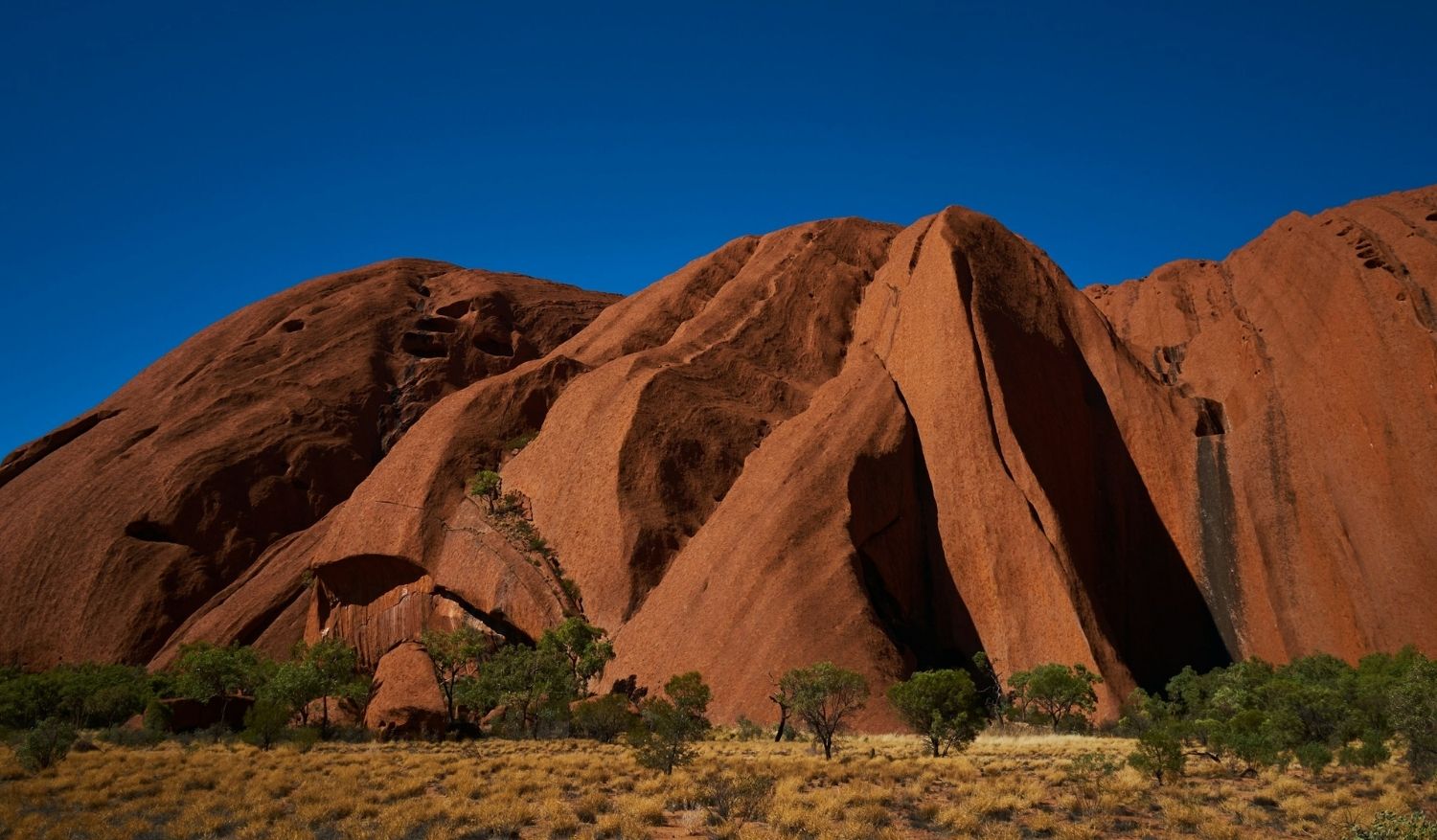
Central Desert: Tjukurpa and the Red Earth
In the Northern Territory, near Uluru and Kata Tjuta, Dreamtime stories are carved into the very contours of the desert. According to Anangu elders, every crevice and crack in Uluru has meaning – from the Kuniya (python woman) fighting a Liru (poisonous snake man), to the Mala people’s journey and ceremony.
Visitors can explore parts of this Country with guides from SEIT Outback Australia or Maruku Arts, who provide cultural walking tours that explain how Dreaming stories connect with daily life. But access comes with responsibility. The Anangu people ask that climbers not ascend Uluru – a request that was finally honoured in 2019, when the climb was closed permanently.
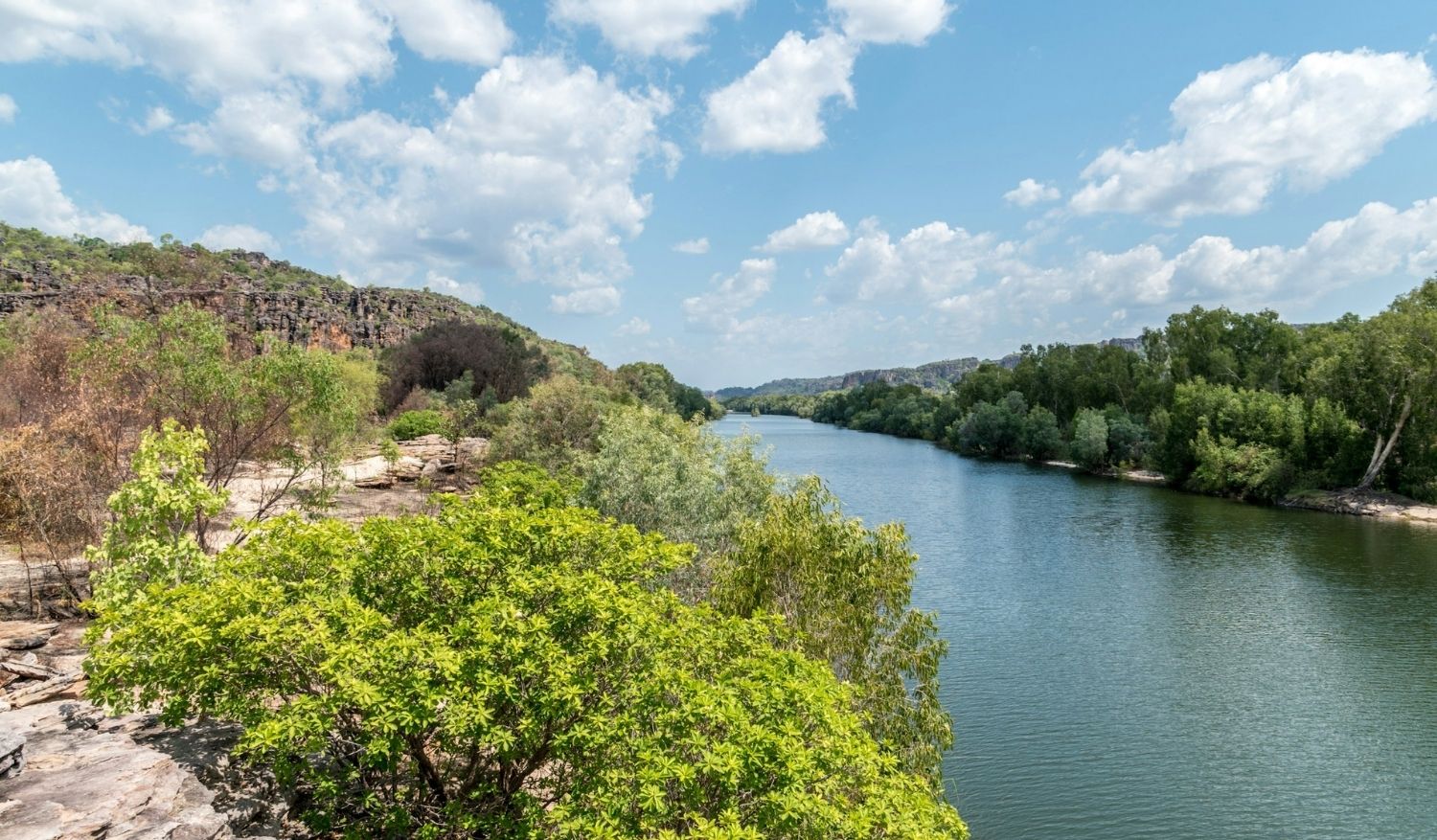
Arnhem Land: A Culture Continues
East of Kakadu National Park lies Arnhem Land, one of the most remote and protected Aboriginal regions in the country. Here, the Yolŋu people still live on Country, maintaining a traditional lifestyle intertwined with ceremony, fishing, and clan law.
Buku-Larrŋgay Mulka Centre in Yirrkala is a gateway to this world. The centre showcases contemporary bark paintings and video works that explore both Dreamtime and modernity. It’s also one of the few places where non-Indigenous visitors can learn directly from Yolŋu artists, whose stories are still being told with ochre, bark and song.
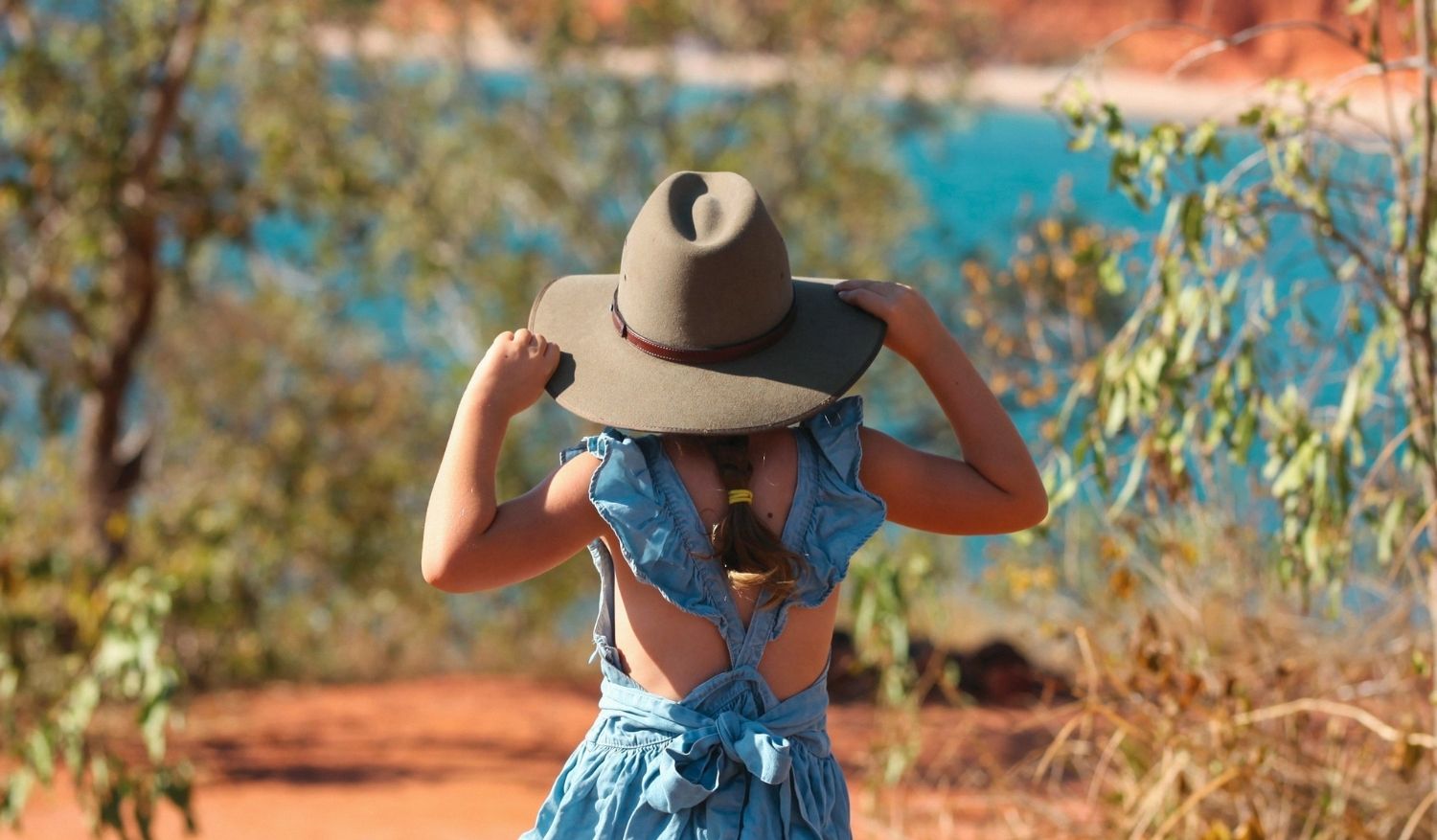
Respecting the Story
The Dreamtime is not a thing of the past – it is a constant presence in the now. But too often, Aboriginal voices are sidelined in the retelling of their own stories. Travellers keen to explore this rich cultural landscape should do so with the help of Indigenous-led organisations such as Welcome to Country, Explore Cultural Experiences, or Ancient Tracks. These tours prioritise local communities and ensure that knowledge is shared with permission, and with context.
There is no single Dreamtime. Each mob – or clan – holds their own stories, rules, and laws. Yet across the continent, the principles remain similar: balance, respect for the land, and continuity of culture. As more Australians begin to reckon with the country’s colonial past, understanding these Dreamings is not just about travel – it’s about truth-telling.
For global citizens seeking depth beyond the itinerary, the wild frontiers of Australia offer more than landscapes – they offer a worldview. One in which time spirals instead of moves forward, where land is a relative, not a resource, and where the oldest stories are still being told.
For more Australia-related stories, find them here.


